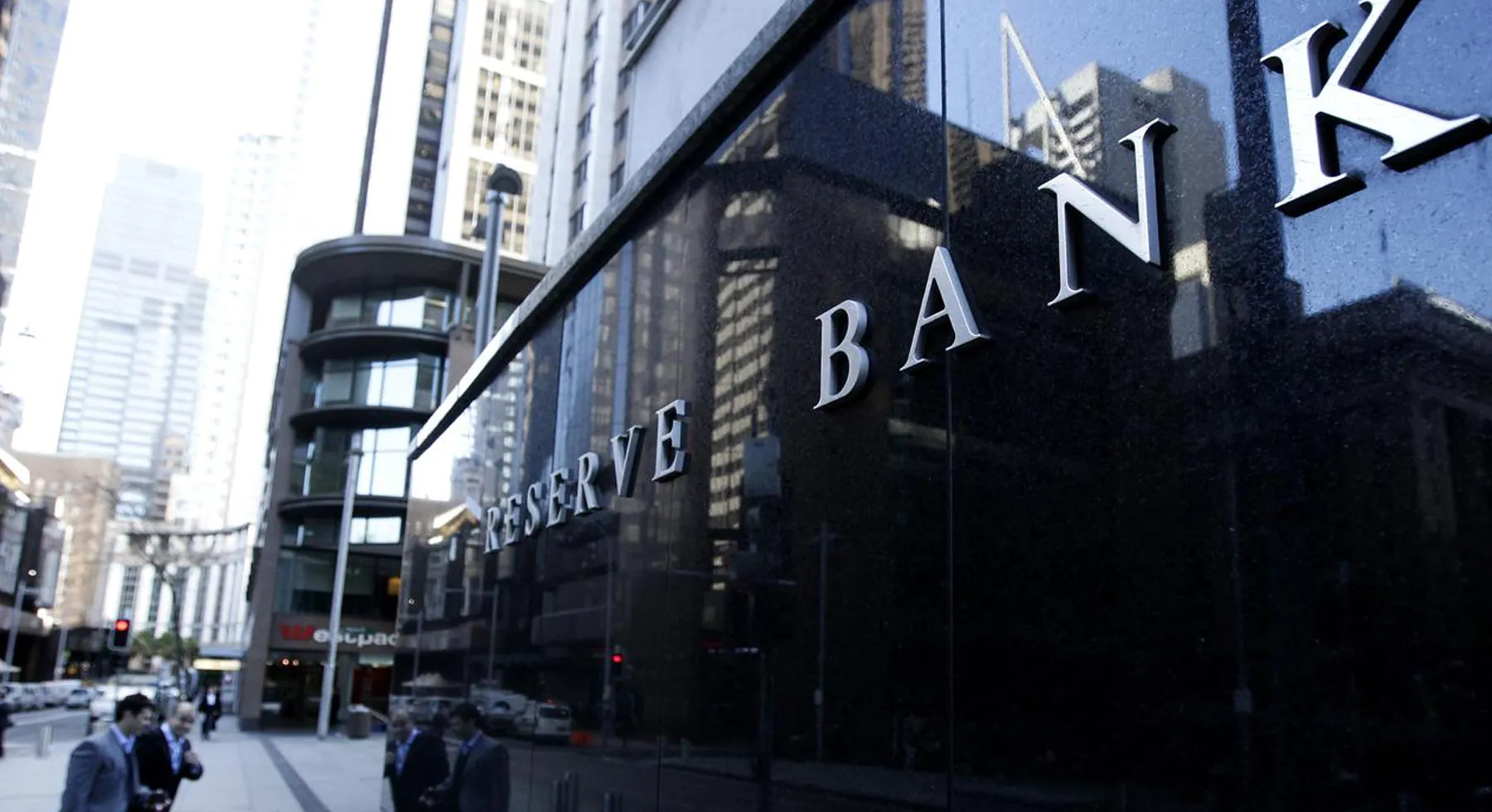Post-pandemic, Australians have shown an enduring passion for investing, driven by optimism and the evolving economic landscape.
As the country continues to recover from COVID-19, a renewed interest in financial markets has emerged, with different generations adopting distinct investment approaches.
While some sectors of the market face ongoing challenges, the overall sentiment among investors remains positive. From retail investors to millennials and seasoned market participants, each group is displaying unique strategies that reflect their risk appetites and financial goals.
A Changing Investment Landscape: Younger vs. Older Investors
In the wake of the pandemic, younger Australians, particularly millennials and Gen Z, are increasingly turning to digital platforms and exploring new investment trends such as ESG (Environmental, Social, and Governance) investing. These investors tend to have a higher risk tolerance, preferring growth stocks, alternative assets, and tech-driven solutions. Their interest in non-traditional investments has expanded the range of opportunities available, enabling them to seize the potential for rapid growth despite market volatility.
Older Australians, particularly those nearing retirement, exhibit more caution in their approach. They are prioritising stability and long-term wealth preservation over high-risk ventures. Fixed income investments, dividend-paying stocks, and safe-haven assets are favoured by these groups, who focus on generating steady returns with minimal exposure to market fluctuations.
Optimism and Recovery: Australian Investors Look Ahead
Despite differing risk preferences, there is a shared sense of optimism among Australian investors. The post-COVID recovery has renewed confidence in traditional markets, with both equities and real estate continuing to attract significant interest. Many Australians are seeing these sectors as pillars of stability and wealth creation, with an increasing number of investors actively engaging with their financial futures.
This widespread engagement is also shaping a broader focus on diversification. Investors across demographics are recognising the importance of balancing growth potential with risk management. As such, having a well-rounded investment strategy has become more crucial than ever, with many now focusing on maintaining a diversified portfolio to mitigate risk while pursuing long-term financial growth.
The Role of Financial Education and Guidance
The evolving investment landscape underscores the importance of financial education. With differing levels of risk tolerance, Australians need tailored strategies that reflect their unique circumstances, goals, and financial outlooks. Whether it’s navigating high-growth opportunities or focusing on income-generating assets, investors are increasingly seeking professional guidance to make informed decisions.
While younger investors explore higher-risk opportunities and more innovative investment vehicles, older generations remain focused on stability and wealth preservation. Both approaches, however, benefit from thoughtful planning, clear goals, and expert advice to navigate today’s complex financial environment.
Looking Ahead: Tailoring Investment Strategies for Future Success
As Australia continues to recover from the challenges of the COVID-19 pandemic, the investment sentiment remains overwhelmingly positive. For all investor groups—whether conservative or risk-seeking—the key to success is understanding individual needs and preferences. Financial strategies must be adaptable to shifting market conditions and personalised to suit each investor’s goals.
A diversified investment approach, tailored to reflect individual risk tolerance and financial aspirations, remains the cornerstone of long-term success. With the right guidance, Australians can seize opportunities, manage risks, and build portfolios that thrive in the evolving economic landscape.




